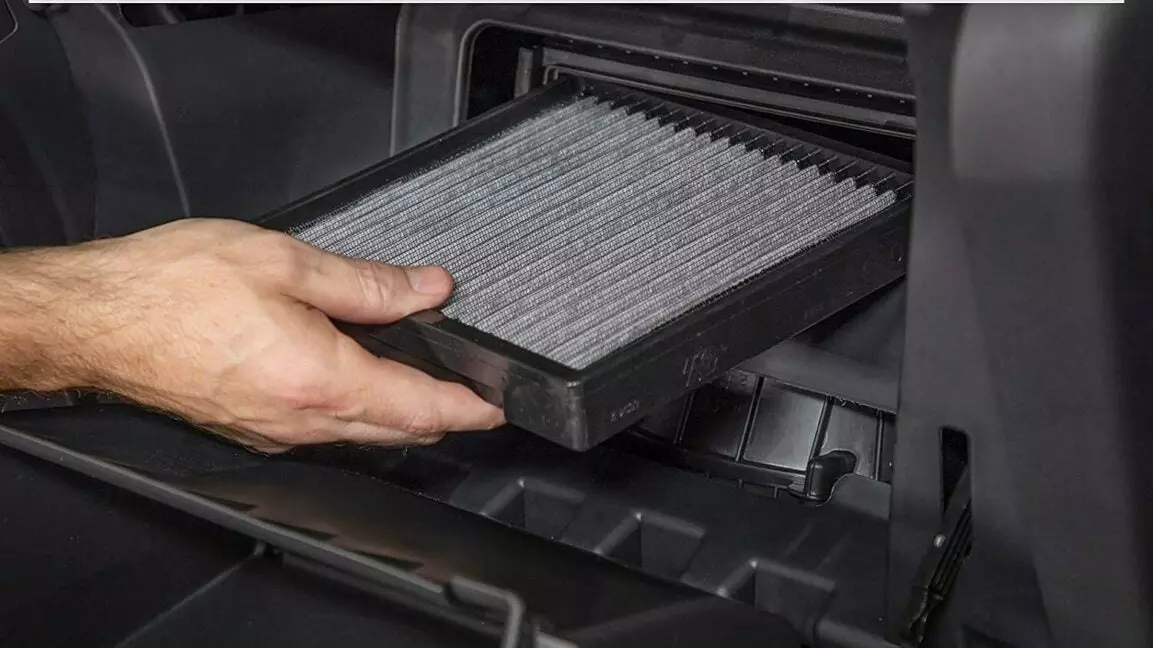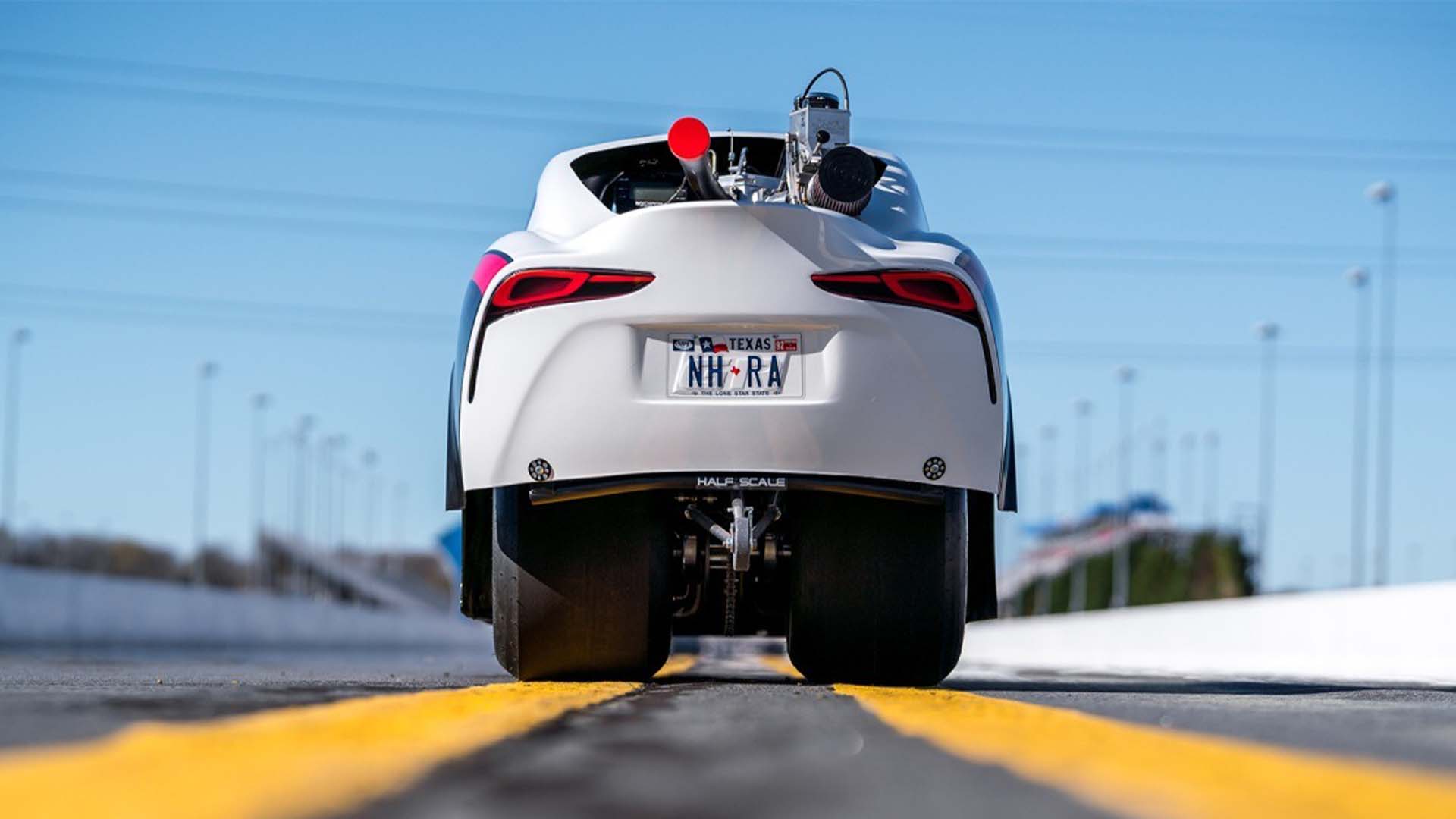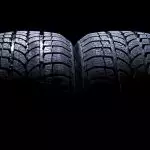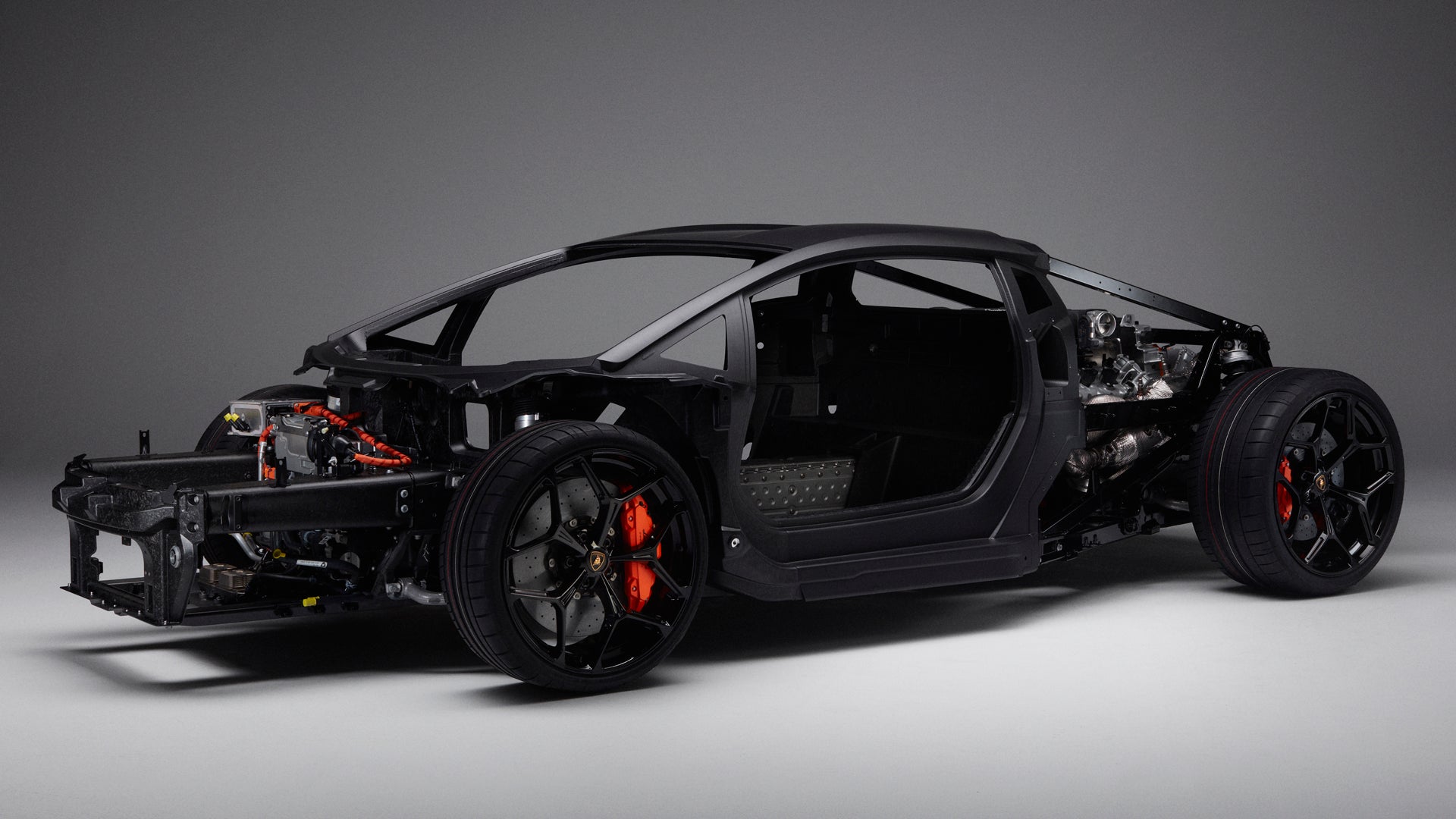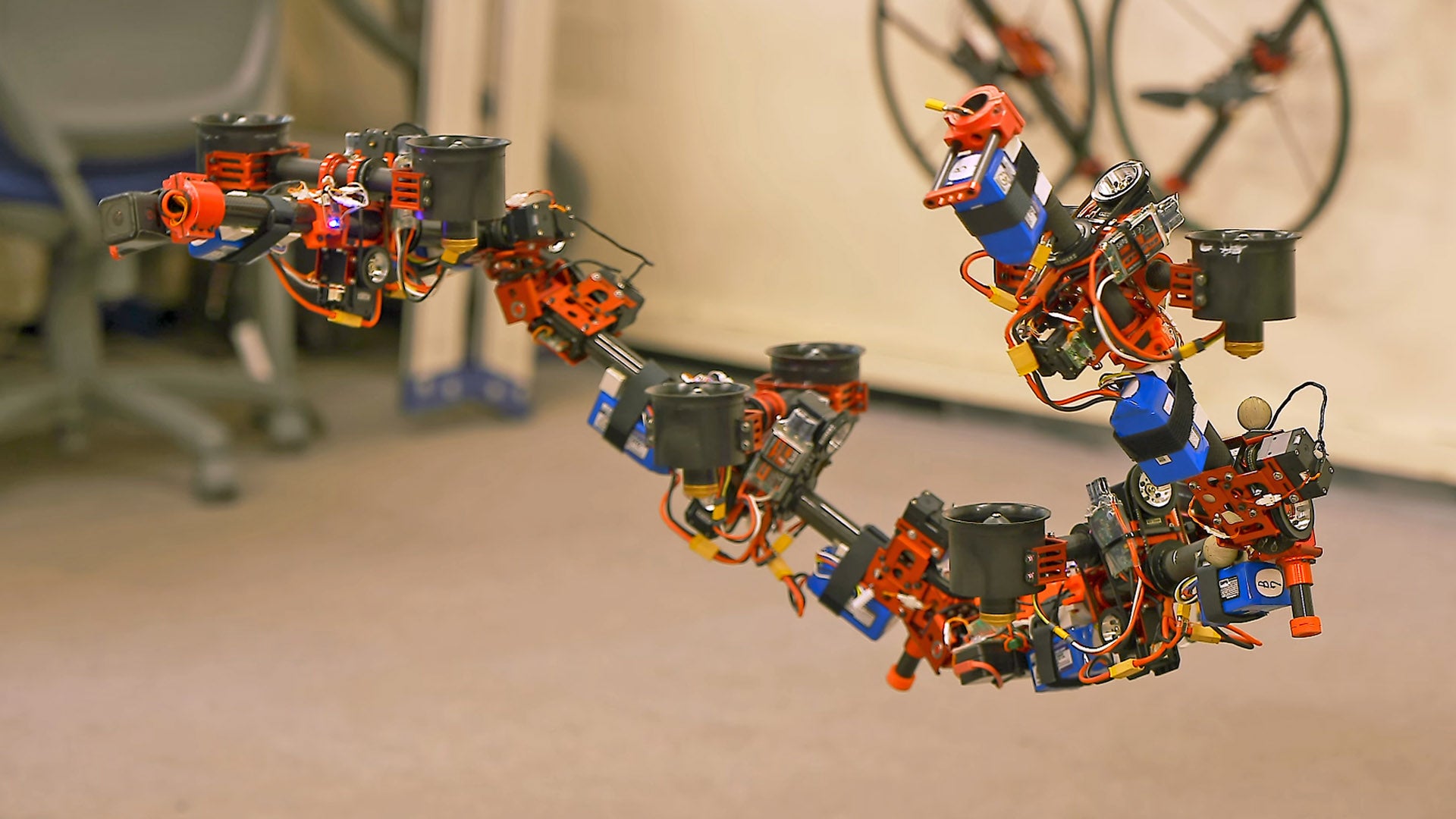Your car provides a personal space of privacy, safety, and comfort without having to look like Jake Gyllenhaal in Bubble Boy. Because it is a place of peace, you want to enjoy your stays as much as possible. That means having clean, fresh air to inhale during the 871 sighs we find ourselves doing these days.
The car part responsible for keeping your car’s cabin air clean is strangely named the cabin air filter, and it’s one of the most overlooked pieces of maintenance on any vehicle. We’ve come here to explain why that’s a problem and how we can fix it. At a time when your lungs are more important than ever, it’s up to you to protect them.
Let’s breathe.
What Is a Cabin Air Filter?
A cabin air filter is a mechanical device that acts as a strainer/sifter/net within the restricted air circulation path from the exterior of a vehicle into the cabin of the vehicle. It is designed to keep harmful fumes and chemicals, nasty smells, and many other contaminants out of your car.
How Does a Cabin Air Filter Work?
The cabin air filter is basically a framed piece of pleated fibrous cotton or other engineered material. When fresh air is sucked into the vehicle, it first passes through the filter, which catches physical contaminants like pollen. If it has activated charcoal, as some now do, that section is designed to eliminate odors and chemicals.
What’s the Difference Between an Air Filter and a Cabin Air Filter?
In reference to a car’s regular air filter, that is the filter for air going into the engine. The cabin air filter filters the air going into the car’s interior.
Where Is the Cabin Air Filter Located?
The cabin air filter is most frequently located behind the glove compartment within the car’s cabin. Occasionally, it is located under the car’s hood. Check your owner’s manual for directions and information on your vehicle.
How Often Should a Cabin Air Filter Be Changed?
As a good rule of thumb, change your filter out once a year, or roughly every 15,000 to 20,000 miles. If you live in a city or near areas with regular wildfires, you might want to change it out sooner. If you live out in nature, you could probably stand to change it less often. Inspect every year, and replace it as necessary.
A Quick Guide on How To Change Your Cabin Air Filter
Learn how to change your cabin air filter with these easy steps.
The Safety Brief
Working on your car can be messy and potentially dangerous, so always take proper precautions to protect yourself, your ride, and your work area. For this project, safety glasses and safety gloves would be useful.
The Tools and Parts You Need
Changing your cabin air filter is a fairly straightforward job. Prepare to use these tools for the task at hand — you might or might not need them depending on the vehicle.
- Screwdriver
- Socket set
Step-By-Step Cabin Air Filter Replacement
In this case, we assume your cabin air filter is accessible from inside your cabin, which is most common.
- Open your glove compartment and remove its contents.
- Move or remove the glove box.
- Locate the cabin air filter and remove any clamps or holders.
- Remove the cabin air filter.
- Clean the area of dust and other loose contaminants.
- Replace the cabin air filter with a new filter. Look for indicators on how to set it inside.
- Reattach any clamps or holders and reattach the glove box.
- Put the glove box back into place.
Well done, that’s it!
Car Autance’s Glossary for Cabin Air Filters
Welcome to Autance school.
HEPA
HEPA stands for High-Efficiency Particulate Air. According to the Environmental Protection Agency (EPA), “This type of air filter can theoretically remove at least 99.97 percent of dust, pollen, mold, bacteria, and any airborne particles with a size of 0.3 microns (µm). The diameter specification of 0.3 microns responds to the worst case; the most penetrating particle size (MPPS). Particles that are larger or smaller are trapped with even higher efficiency. Using the worst-case particle size results in the worst-case efficiency rating (i.e. 99.97 percent or better for all particle sizes).” Basically, it’s a high-quality air filter.
HVAC
HVAC stands for Heating, Ventilation, and Air Conditioning.
Blower
The blower is the device that pushes air through the HVAC venting and into your cabin.
Your Questions, Our Answers About Cabin Air Filters
Let’s talk!
Q. How Do I Know If My Cabin Air Filter Needs To Be Changed?
A. If things get really bad, you might notice reduced air flow or nasty smells. Otherwise, perform a visual inspection of the air filter and change when it’s dirty.
Q. How Much Should a Cabin Air Filter Cost?
A. Expect to spend roughly $15-50 for the average consumer vehicle.
Q. Can I Wash My Cabin Air Filter?
A. Some cabin air filters are designed to be washed and reused. Read the description and instructions when replacing your filter.
Q. Can I Run My Car Without a Cabin Air Filter?
A. We’re not sure how or why this would ever occur.
Video on Cabin Air Filter
Car Autance’s Favorite Cabin Air Filter Related Products
EPAuto Premium Cabin Air Filter
K&N Premium Washable Cabin Air Filter
TYC Honda Replacement Cabin Air Filter
Disclosure: Carbibles.com is also a participant in the Amazon Services LLC Associate Programs, an affiliate advertising program designed to provide a means for sites to earn advertising fees by advertising and linking to Amazon.com. Pages on this site may include affiliate links to Amazon and its affiliate sites on which the owner of this website will make a referral commission.
